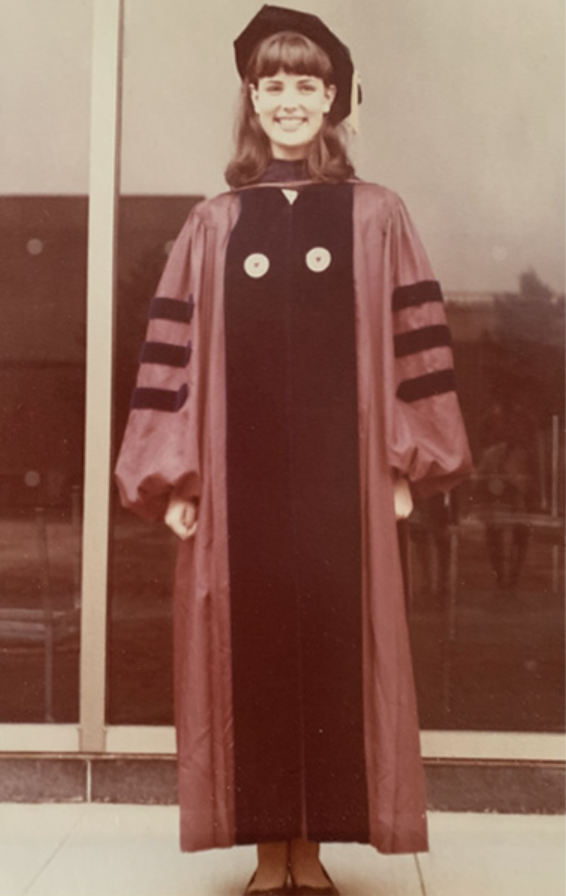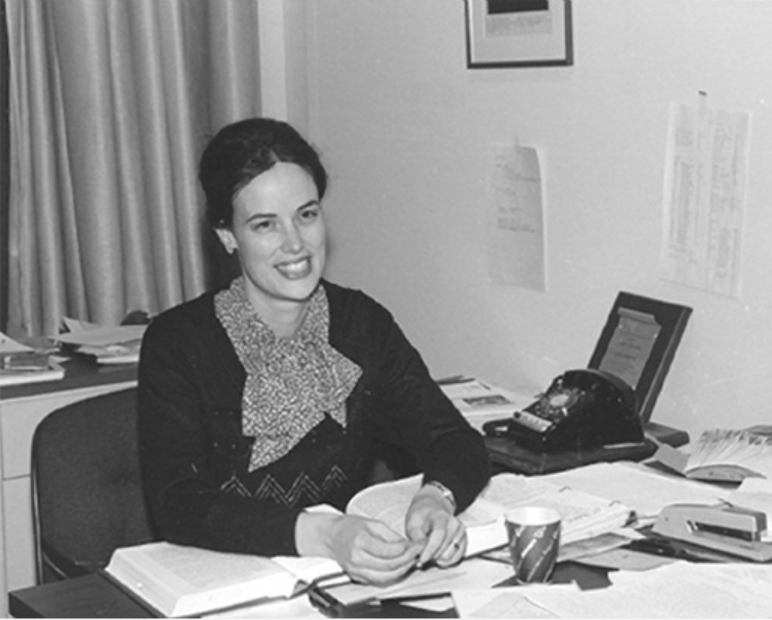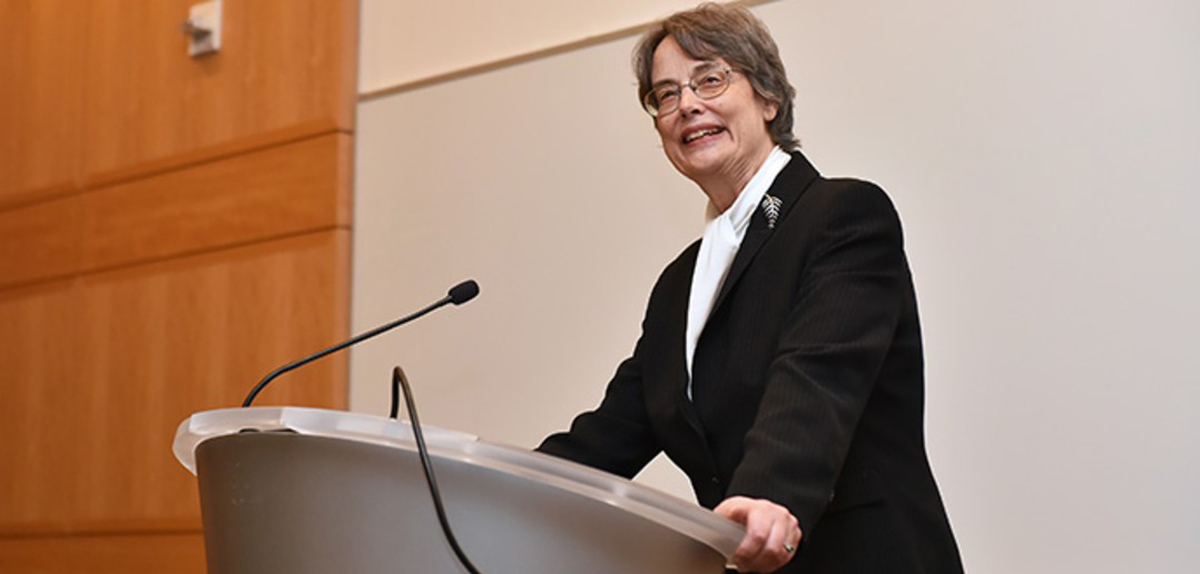Gail Hollister (1945-2021)
Archibald R. Murray Professor of Law

Years of Service
1977- 2017
Hollister was a member of the Fordham Law faculty for 40 years—from 1977 until her retirement in 2017. She was chosen by Dean Emeritus and Norris Professor of Law John D. Feerick ’61 to serve as the first leader of the newly created student affairs office while serving as a full-time faculty member.
-
Biography

Gail Hollister earned a J.D. from Fordham Law in 1970 and was a member of the Fordham Law Review and the Law School’s social committee. After graduating from Fordham Law, Hollister clerked for the late Judge Inzer B. Wyatt, U.S. District Judge for the Southern District of New York. Hollister later was an associate at Webster, Sheffield, Fleischmann, Hitchcock & Brookfield, and practiced at Merrill Lynch, Pierce, Fenner & Smith where she specialized in securities regulation.
Hollister joined the Fordham Law School faculty the fall of 1977 under the leadership of Hon. Joseph McLaughlin, who served as dean from 1971 to 1981.
At that time, the Law School had fewer than 25 full-time faculty members and only three members on the administrative staff (the dean, assistant dean, and registrar). Hollister was the third woman to join Fordham Law’s full-time faculty (the first two being Professors Lucille Buhl and Sheila Birnbaum) and the second woman to be granted tenure at Fordham Law (the first being Professor Sheila Birnbaum).

Teaching was Hollister’s passion, and she taught a number of courses at Fordham Law—including Legal Writing, Legal Process, and Torts—and specialized in Torts, Negligence, and Malpractice. She made an indelible impact on her students. Martin West ’14 and Emily (Seiderman) West ’14, who both took Hollister’s Torts class during their 1L year, recently remembered her fondly. “Your course was a wonderful introduction to the legal profession and Fordham was lucky to have you,” they said. “Thank you for your wit and wisdom.”
Hollister was also named director of legal writing in 1982, was the first holder of the Archibald R. Murray Chair of Law, and was named the first associate dean of administration in 2001. She also proudly served as an advisory board member of The Feerick Center for Social Justice, beginning in 2017.
Upon her retirement in 2017, Hollister reflected on how there were only six other women in her 1L year compared to the 211 women enrolled in the 1L class in 2017. She also noted the stark administrative changes that took place in the 50 years since she walked the Law School’s hallways as a student. Fordham Law, she recalled, had since added three associate deans and launched departments for alumni, administration and finance, career planning, clinical education, communications, development, graduate programs, information technology, international and non-J.D. programs, and student affairs.
“Fordham Law always has been dedicated to being a place in which everyone continues to learn and we all thrive in a community that values each of us.”
-Professor Gail Hollister

Professor Hollister’s service to others was not limited to the Law School. Following her retirement from full-time faculty she was appointed to and served as a hearing officer for the 9/11 Victims Compensation Fund created by Congress.
Hollister died on April 29 at the age of 75. She is survived by her husband, Edward G. Williams, her son, Gregory P. Williams, and her daughter-in-law, Sarah R. Williams.
-
Selected Publications
Tort Suits for Injuries Sustained During Illegal Abortions: The Effects of Judicial Bias, Faculty Scholarship (2020).
Using Comparative Fault to Replace the All-or-Nothing Lottery Imposed in Intentional Torts Suits in Which Both Plaintiff and Defendant Are at Fault, Faculty Scholarship (1993).
Parent-Child Immunity: A Doctrine in Search of Justification, Fordham Law Review (1982).